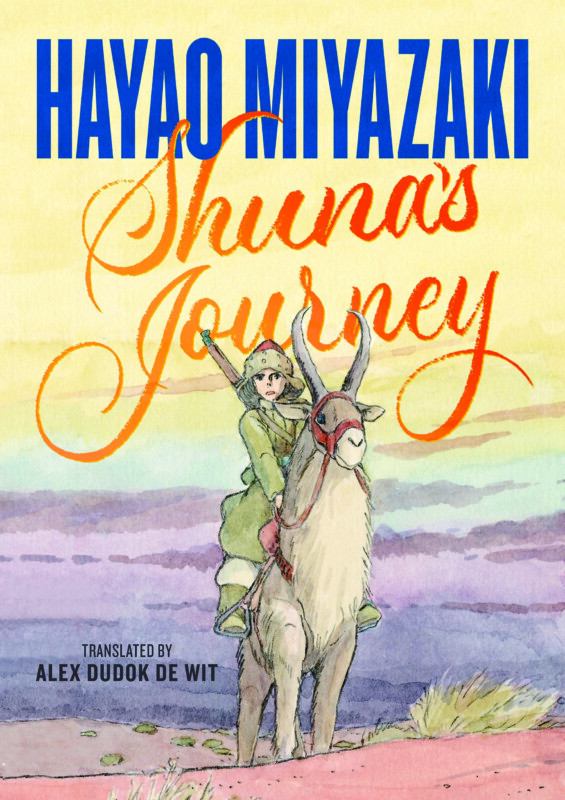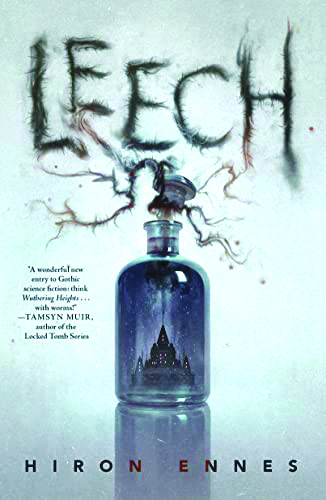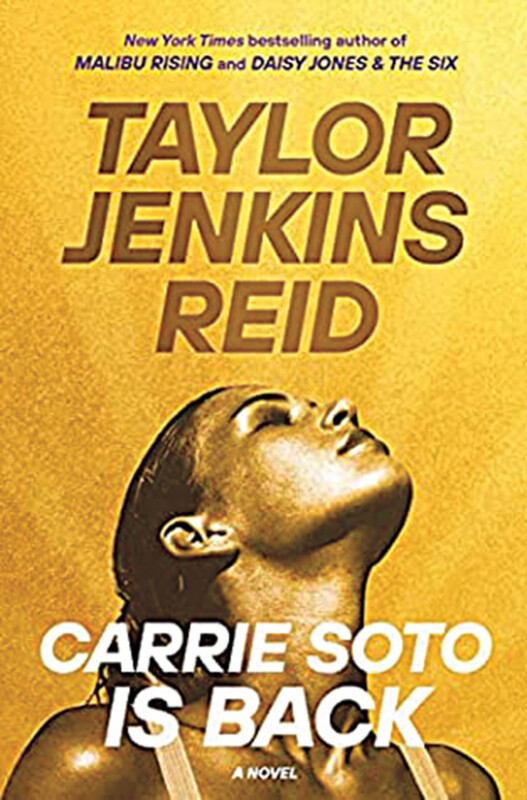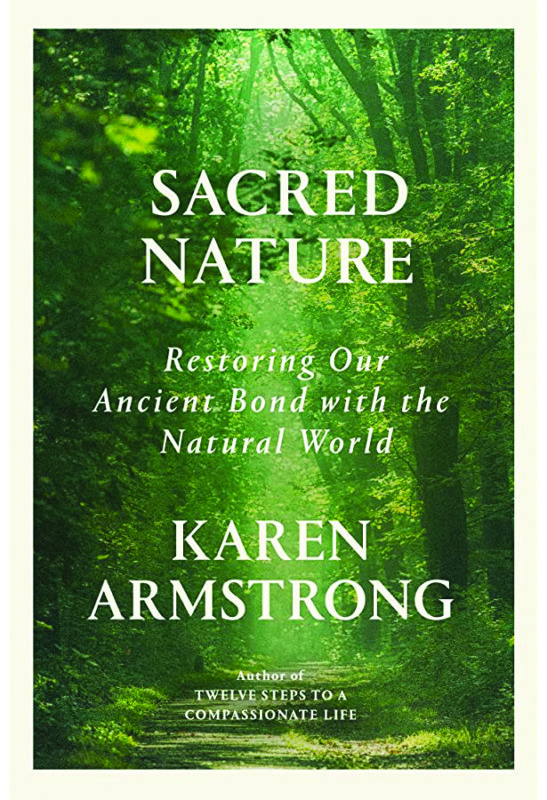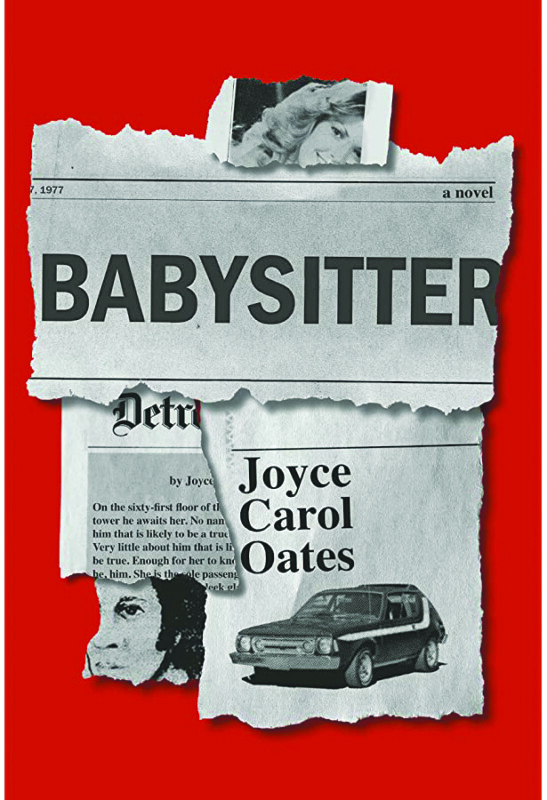Shuna’s Journey, by Hayao Miyazaki (First Second, 160 pages)
At a glance, Shuna’s Journey feels like well-mapped territory for author and acclaimed director Hayao Miyazaki. Originally published in 1983, the story about a prince who leaves his home on an ungulate steed for parts unknown bears a striking resemblance to Miyazaki’s 1997 film Princess Mononoke. Assumingthe graphic novelis only a springboard for the acclaimed animator’s later film, it would only seem accessible to mega-fans of his work. Assumptions are often proved wrong and Shuna’s Journey is much stranger than anyone could hope to assume.
The book itself is not laid out like a traditional comic or manga, stereotypically filled with sliced and diced frames meant for frenetic page-turning. In fact, the layout of Shuna’s Journey shares more commonality with a children’s book of myths and legends. Pages primarily consist of large single-columned panels, the maximum being only three per page. They bleed over onto the corresponding pages in uneven hand-painted watercolor, bringing humanity to the larger-than-life renderings.
The book opens peacefully among the mountains that tower over Shuna’s village with the lines, “These things may have happened long ago, they may be still to come.” and it could almost serve as an excuse for an unrealized, undeveloped setting. Instead, the stage is set with background art portraying an environment triumphant over human civilization. Empty ruins look like dry bones against barren plains and the desert lands stretch endlessly into the horizon, marbled in red and blue hues. Even human creations feel alien in this land. As Shuna makes his way west he takes shelter under giant abandoned robots as well as a colossal battleship, grounded and wasting in a sea of sand. All serve as breadcrumbs of a mythic past where humans thrived, making the reader wonder what happened to make Shuna’s world this way.
There is also an anthropological element that helps flesh out Shuna’s world. In his home village, walls painted with cosmological designs hint at a culture with deep-rooted beliefs and customs. The fur hat Shuna wears marks him as someone of high status, and other characters who also wield power wear similar headgear. Some of the bigger antagonists in the story, those participating in the slave trade have their own menacing iconography differentiating themselves from the small village kingdoms. These details help cut down on exposition that could cramp the page. The narrative does not need to slow down with backstory exposition when Thea (a character whose perspective takes over for the final third of the book) is introduced. Her distinctive hair ornaments tell everything about how she treasures her past and fights for her individuality even as the slave trade tries to take it from her.
Storywise, the book follows the archetypal hero’s journey, making the narrative easy to follow. Shuna and his people are caught in a cycle of hunger and scarcity. There’s not enough food for the people and animals, so when there is a chance to break the cycle, the hero sets off on his quest for a crop that will sustain his people. Miyazaki makes sure to impress upon the reader the constant looming state of desolation in which the characters find themselves. While Shuna must overcome physical challenges to survive, he needs more than muscle to accomplish his goal. The trials during the story test his resolve to complete the journey, making him learn what it means to both help and hurt others.
The pacing is even; the climax hits when Shuna finally makes it to the land of the god-folk. This is where the graphic novel’s art and story both reach their peak. The environment, with its vibrant forests filled with animals and large cultivated fields, is completely different from the wastelands Shuna previously journeyed through. The land of the god-folk is more than paradise and it is here where Shuna’s Journey dips into the realm of cosmic horror. The creatures that make the land their home look like they come straight from the Cambrian explosion, while the mechanisms that cultivate grain are beyond human comprehension. When the truth is finally revealed the reader may find themselves so horrified and filled with existential dread that they wonder whether it was worth it for Shuna to have left his home after all.
The story does not end in the land of the god-folk, but comes to a satisfying, if not complete, conclusion. The final third of the book, with Thea at its center, feels slightly disjointed from the first two-thirds of the story, but it would be much more disappointing if Thea’s section were not included. Since the core of Shuna’s Journey focuses on the quest to cultivate grain it makes sense that part of the story should involve farming. After all, the problem of hunger in Shuna’s world will not solve itself with force, but instead with patience, understanding and kindness. A
— Bethany Fuss

